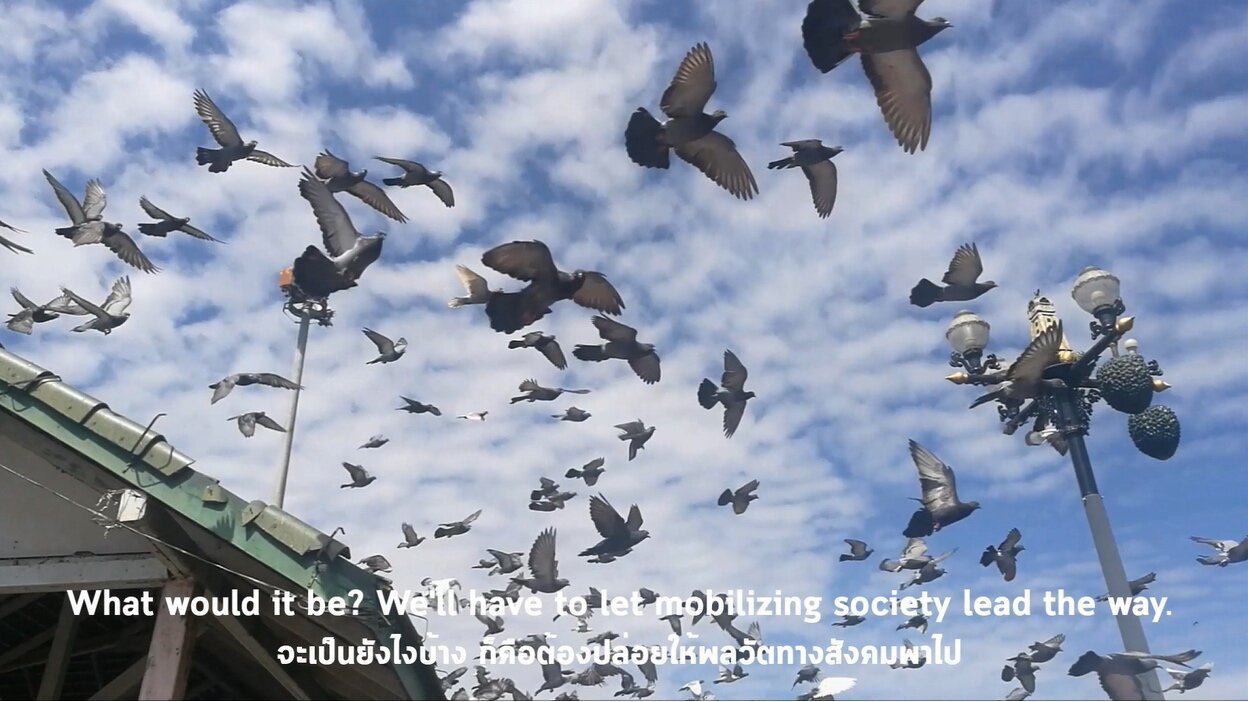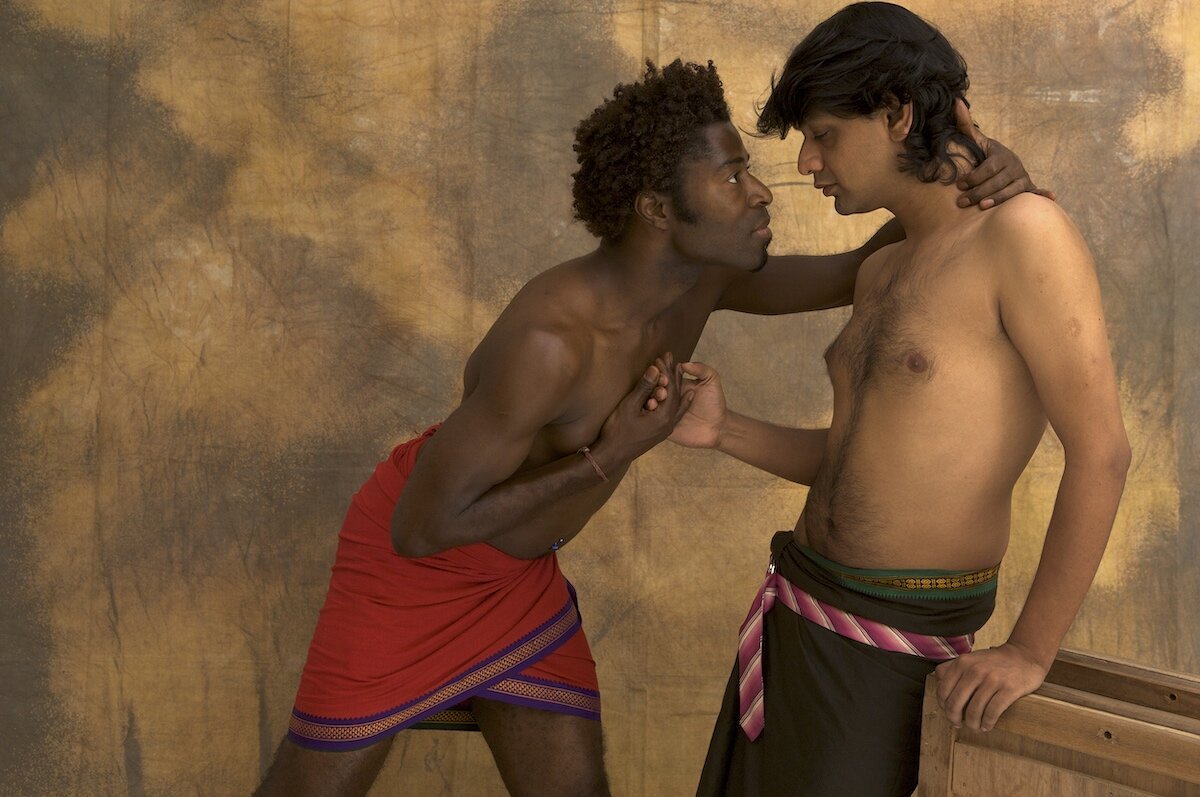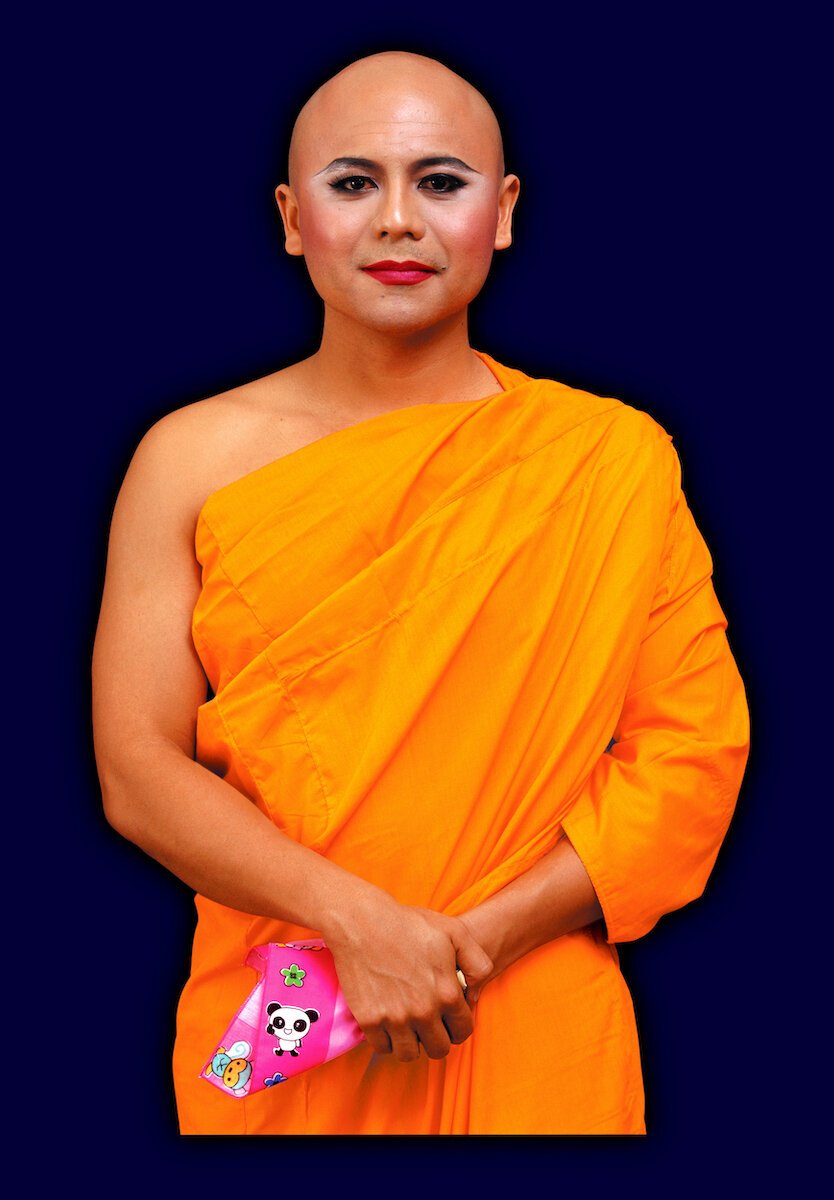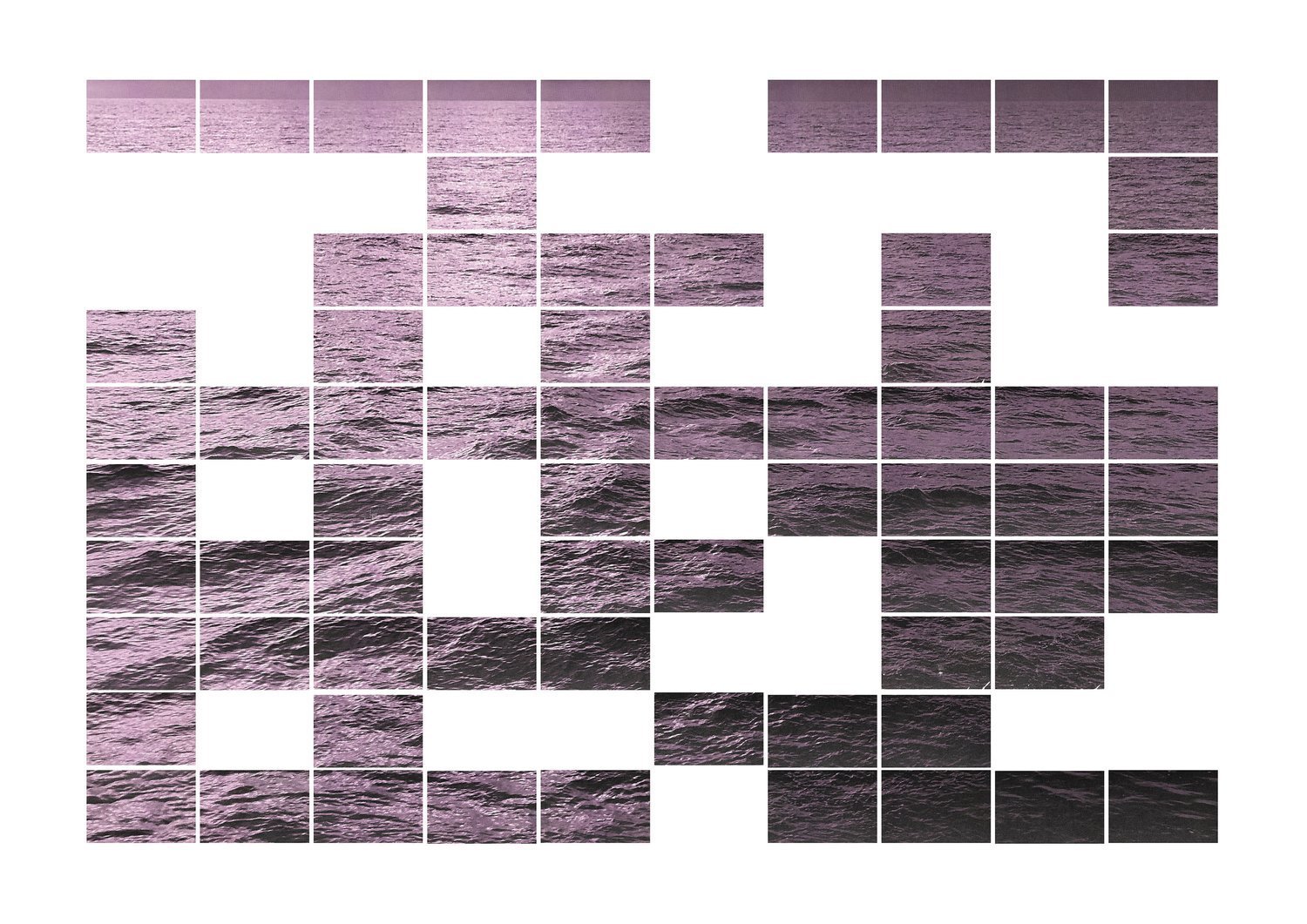‘SPECTROSYNTHESIS II’ at Bangkok Art and Culture Centre
Exposure of Tolerance: LGBTQ in Southeast Asia
By Ho See Wah
33 Auction will hold its Asian Modern and Contemporary Art 2019 Singapore Autumn Sale on 8 December 2019, offering 101 lots.
Maitree Siriboon, ‘Isan Boy Soi 4 No.3’, 2009, photograph c-print, 90.5 x 120cm. Image courtesy of the artist.
Jointly presented by Sunpride Foundation and Bangkok Art and Culture Centre (BACC), ‘SPECTROSYNTHESIS II – Exposure of Tolerance: LGBTQ in Southeast Asia’ is a monumental exhibition. The showcase is the first of its kind in surveying lesbian, gay, bisexual, transsexual and queer history through Southeast Asian contemporary art on a grand scale. This second iteration follows the success of its inaugural show two years ago, ‘SPECTROSYNTHESIS – Asian LGBTQ Issues and Art Now’ at the Museum of Contemporary Art Taipei.
It is not surprising that ‘SPECTROSYNTHESIS II’ takes Bangkok as its base. Thailand is considered one of the more tolerant societies for the LGBTQ community, when most of Southeast Asia still discriminate against this group, be it through legislative measures like penalising same-sex sexual activities or societal beliefs leading to widespread prejudices.
Sudaporn Teja, ‘Loves Get Better with Time Quietly’ (film still), 2019, 2 min. Image courtesy of the artist.
Happily, attitudes are changing for the better and with time, the level of tolerance and empathy continues to grow. Such is the aim of ‘SPECTROSYNTHESIS II’ – to present the shifting boundaries that allow for the LGBTQ community to exist equitably. This is demonstrated by the curatorial framework of the show, as lead curator Chatvichai Promadhattavedi says, “the dialogue is about the freedom that art offers: the expression of the individual struggles for gender recognition and normalisation, the battles fought for human rights and winning respect amongst peers.”
The show features 58 artists from 15 countries. While the focus is on Southeast Asia, artists from other places such as Taiwan and India have also been included. Rather than examining Southeast Asia in isolation, the curatorial team references other cultures and societies that have had exchanges with the region. This provides a more nuanced discourse that explores the region in a non-pedantic way.
Piyarat Piyapongwiwat, ‘Kik & Tui’, 2012, photograph, 60 x 60cm. Image courtesy of the artist.
Piyarat Piyapongwiwat, ‘Mou & Chin’, 2012, photograph, 60 x 60cm. Image courtesy of the artist.
A subtle but powerful work is the ‘Queerness’ series by Thai artist Piyarat Piyapongwiwat. These raw and honest portraits depict queer Thai couples in their dwellings. While there is a casual intimacy in the way that they are posing, the subjects confront the viewer as they stare straight into the camera. The series offers a private snapshot of lovers and emphasises the everydayness of their beings, which illustrates the validity of their existence. At the same time, the artist questions the ideology of the classical family unit, and we are made to reckon with the way we conceive of this notion.
Khairullah Rahim, ‘One Sweet Day’, 2016, acrylic on canvas, 140 x 180cm. Image courtesy of the artist.
Singaporean artist Khairullah Rahim’s works often pertain to marginalised groups. The work ‘One Sweet Day’ is a tribute to a famous gay penguin couple, Roy and Silo from Central Park Zoo, New York. The pair unfortunately drifted apart after being forced out of their nest by other aggressive penguins in 2004. As is his aesthetics, ‘One Sweet Day’ is fun and idiosyncratic. At the same time, it is a call towards accepting and normalising gay rights.
Sunil Gupta, ‘The New Pre-Raphaelites #5’, 2007, archival inkjet print, 71.12 x 106.6cm. Image courtesy of the artist.
In addition to works from within the region, the inclusion of artists from areas such as India broadens our understanding of LGBTQ issues in other Asian countries, providing an extra dimension to this conversation. Indian artist Sunil Gupta ‘The New Pre-Raphaelites’ series. Historically, India has had many political and cultural dealings with the Southeast Asian region, long before the conception of nation-states. More recently, as a former British colony, it inherited the rigid section 377 of the penal code from its ex-colonial master. This criminalises all “unnatural” sexual acts and operates as a form of discrimination against the LGBTQ community. Though India decriminalised section 377 in 2018, other former British colonies such as Brunei, Malaysia, Myanmar and Singapore still retain this law. In light of India’s turn against section 377 just last year, the series connotes a sense of hope for a similar future within the regional context of this show.
Taking inspiration from the Pre-Raphaelite artists, where one of their core tenants included painting as realistically as possible, Gupta composes his photos after the Pre-Raphaelite paintings. This provides the subjects with the same timeless beauty as the paintings they depict, while also providing them the agency of existing in reality. It is a powerful statement that asserts the intrinsic human rights the LGBTQ community.
Michael Shaowanasai, ‘Portrait of Man in Habits #1’, 2000, photograph c-print, 152.4 x 101.6cm. Image courtesy of the artist.
For exhibitions like ‘SPECTROSYNTHESIS II’, art’s propensity for awareness and change is called to mind. As Patrick Sun, Executive Director of Sunpride Foundation says, “I look forward to seeing how the exhibition will encourage greater discussion and foster a more equitable world for the LGBTQ community and their allies.” While at times it may seem like an uphill battle, the aspirations that come from people, such as the ones behind this show, that offer hope for a better future for all.
‘SPECTROSYNTHESIS II – Exposure of Tolerance: LGBTQ in Southeast Asia’ is on view at Bangkok Art and Culture Centre from 23 November 2019 to 1 March 2020.















